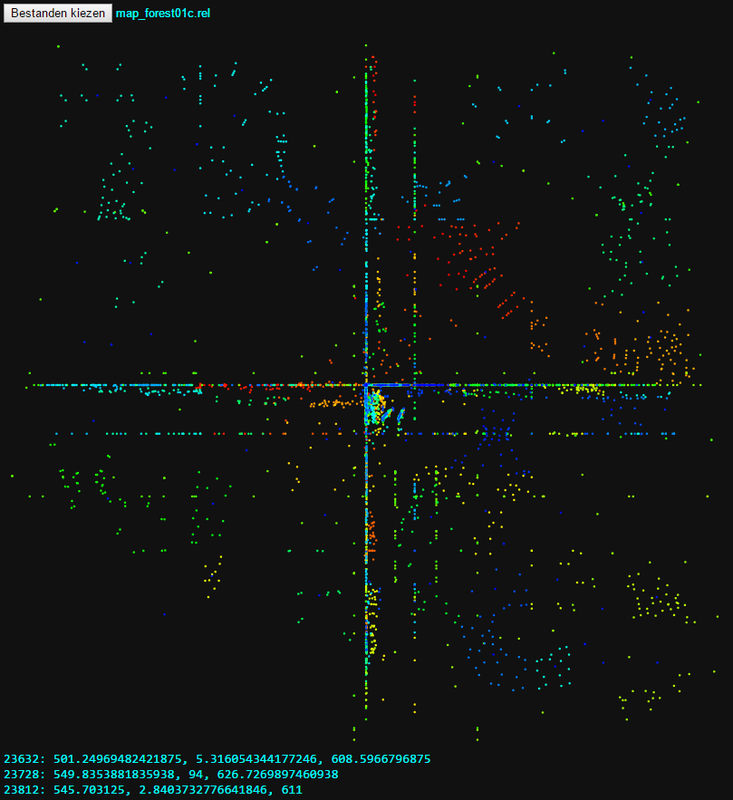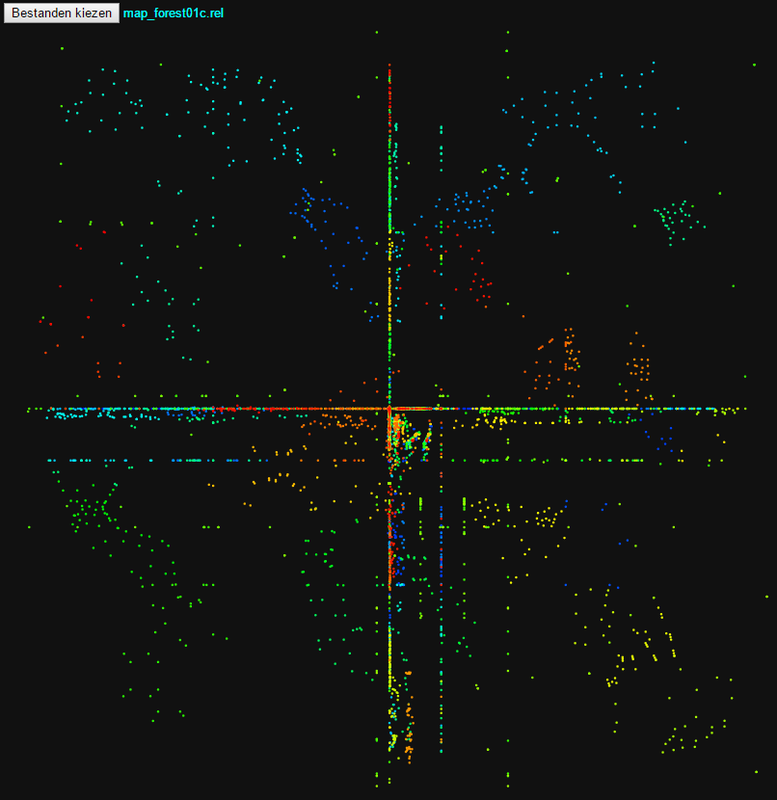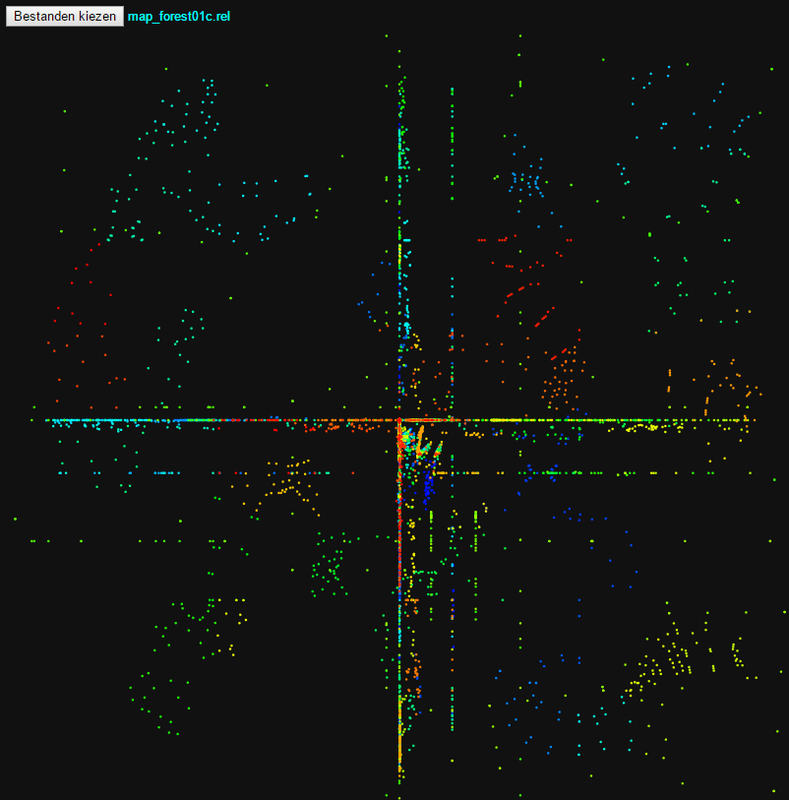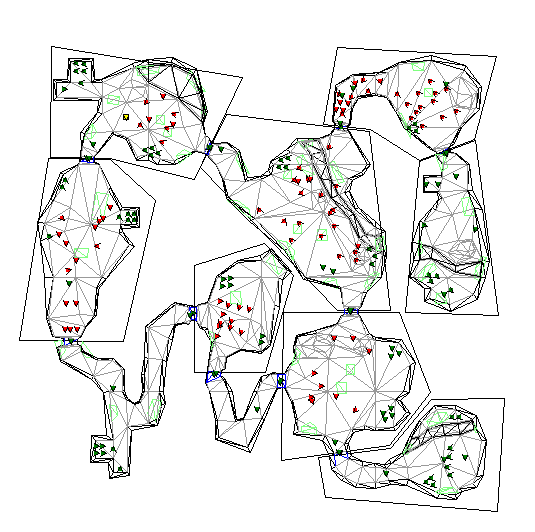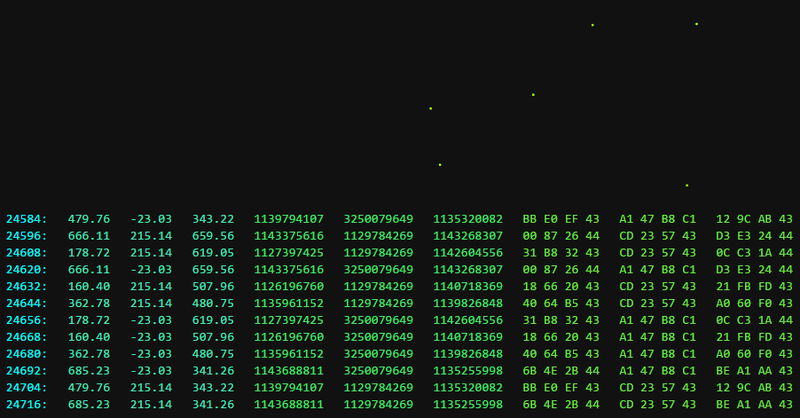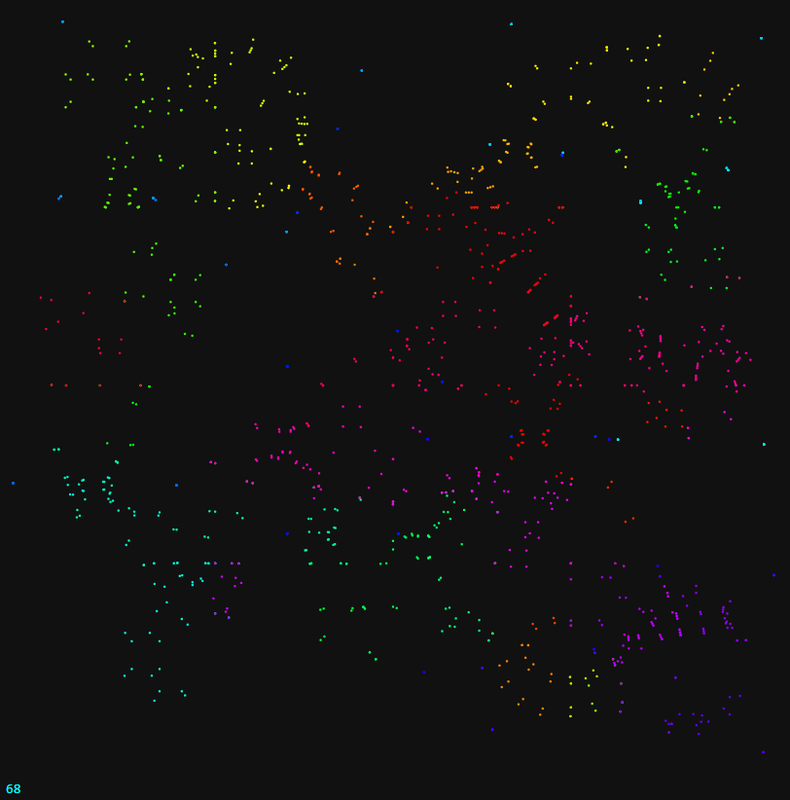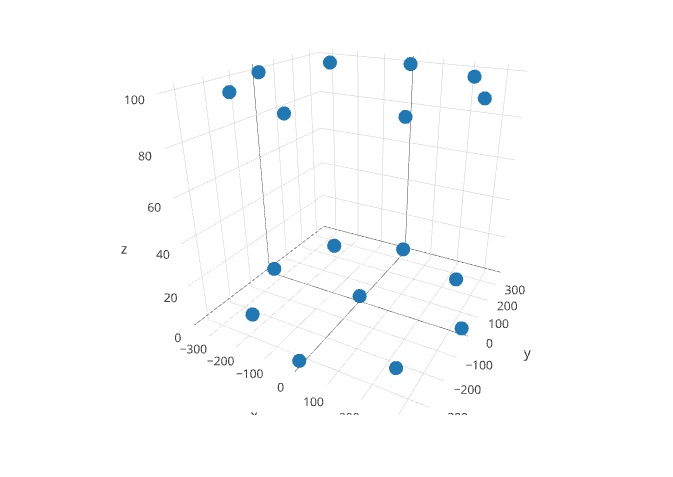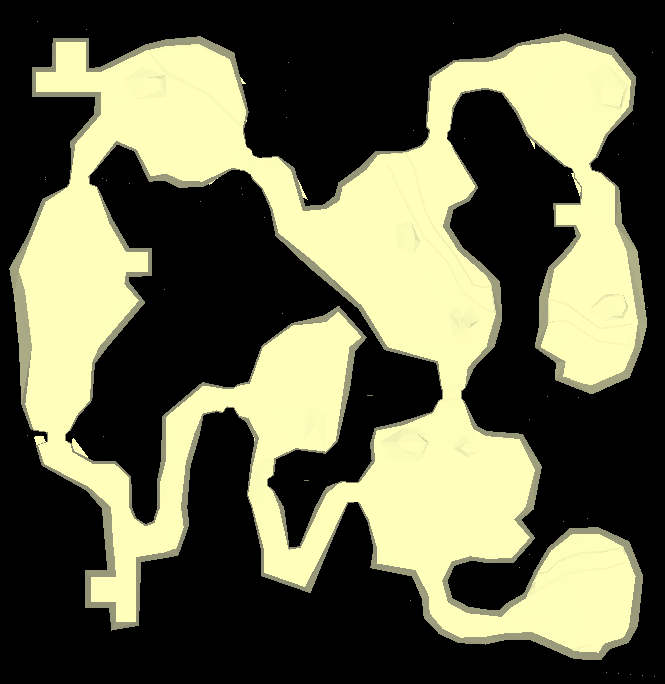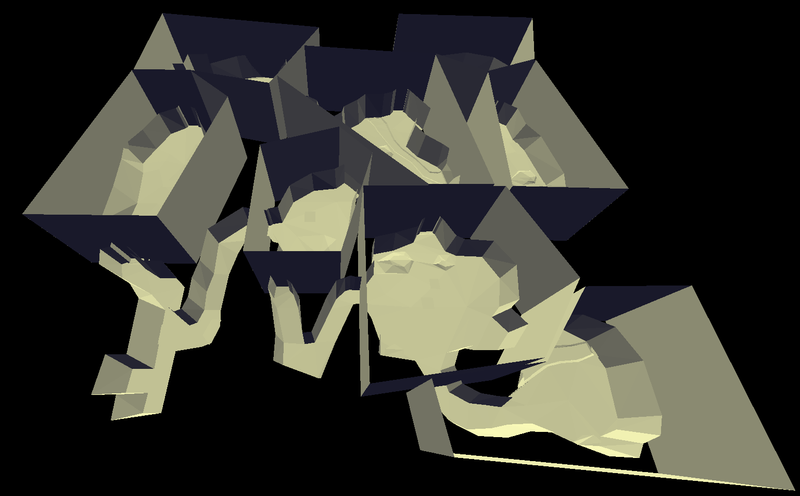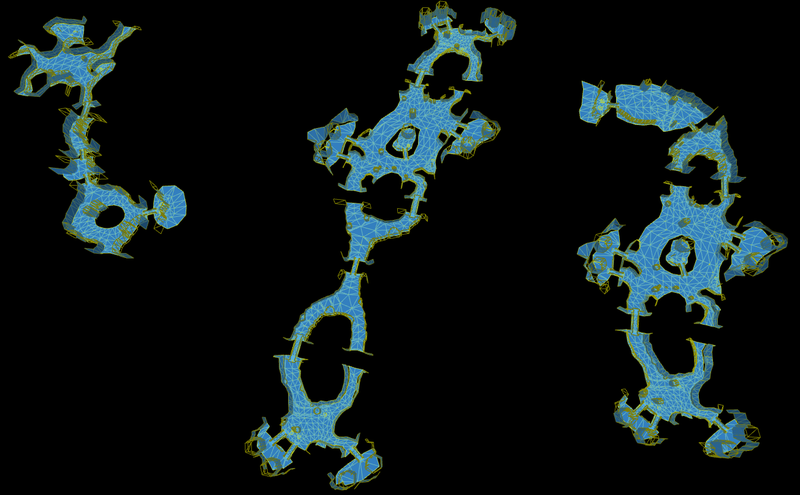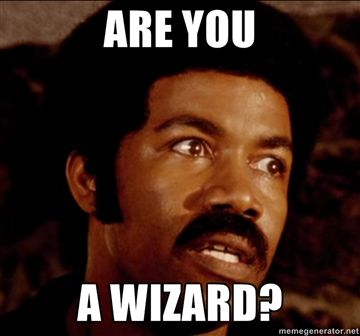Wilhuf
Overanalyzer
- Gender
- Male
- Guildcard
- 42011395
I want to play around with quest files, and visualizing the areas with monsters and other objects would be a fun exercise. But I just can't find any information about area maps. Where can I find the actual map data that e.g. QEdit uses to visualize areas and how is the data formatted? Well, I assume the data is included with the client, but I have no idea on how to parse it.
If anyone happens to have to QEdit source code and willing to share it, that would be great too.
Can anyone point me in the right direction?
If anyone happens to have to QEdit source code and willing to share it, that would be great too.
Can anyone point me in the right direction?


